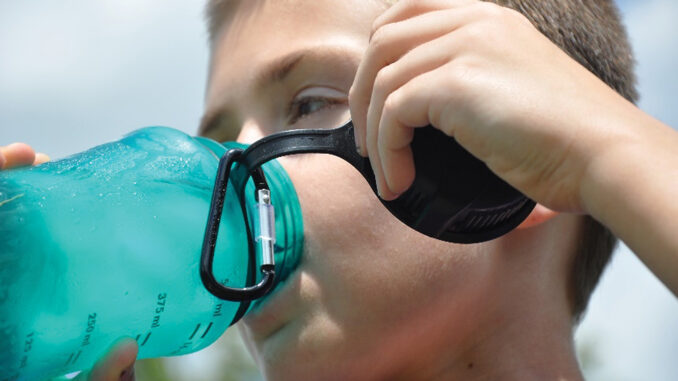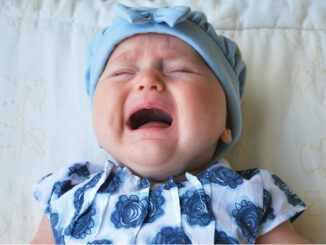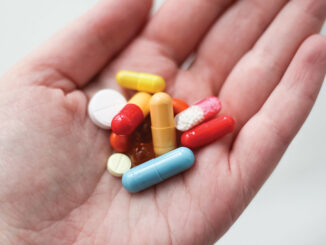
The summer heat can be brutal. Warm temperatures and high humidity create miserable conditions for anyone outdoors. The heat is made worse when that individual is an exercising athlete. The first instinct is to keep the athlete well hydrated with water and sports drinks. Evidence has revealed, though, that over hydrating might lead to some serious health risks.
In a 2015 publication in the Clinical Journal of Sports Medicine, Dr. Rosner published his findings of the dangers of over hydrating during exercise in heat. The article titled, “Preventing Deaths Due to Exercise – Associated Hyponatremia: The 2015 Consensus Guidelines,” revealed cases of deaths due to too much fluid intake. It begins by stating, “In the summer of 2014, two otherwise healthy 17-year-old high-school football players died from hyponatremic encephalopathy. In both cases, the common denominator was excessive fluid consumption.”
The concept of staying well hydrated has long been adopted by coaches, parents, trainers, and athletes through the years. Staying hydrated is crucial, but the key is to stop before you are over hydrated. This is when your body may begin to have physiological difficulties processing all those fluids.

Although the risks of Exercise-Associated Hyponatremia (EAH) are low, the pain and suffering from just one family tragedy is enough to take note. The journal entry by Rosner goes on to state that the overall percentage of athletes having EAH and resulting in death is less than 1%. The data suggests that there were 14 or more cases of EAH in 2015. All these deaths were of healthy young people, and based on this study, all were 100% preventable. Other common cases of EAH occur in hikers and our military.
EAH is defined by a serum or plasma sodium concentration below the normal reference range of 135 mmol/L that occurs during or up to 24 hours after prolonged physical activity. The incidence of asymptomatic EAH (no apparent symptoms) occurs more often than the incidence of symptomatic EAH. Common symptoms for those that experience EAH are headaches, nausea, vomiting, confusion, and seizures.
Prevention starts with understanding EAH. The most common link to EAH deaths is over hydration levels in a short amount of time. Sweating levels also lead to increased risk of experiencing EAH. As we sweat, we lose fluids and electrolytes. The majority of the time, the recommendation is to drink plenty of fluids consisting of water and sports drinks. While this works for many, it has shown that it can result in EAH and, in some cases, death.
So, how do we prevent over hydrating and EAH? Based on Dr. Rosner’s findings, the first rule is to keep it simple. He recommends to drink according to thirst. Our thirst regulation mechanism is there to protect us from too much or too little fluids. Drinking when thirsty will prevent against excessive dehydration and over hydration.
The only warning Dr. Rosner gives is under extreme environments or aggressive activity that result in severe sweat losses. In these situations, the safe play would be to limit or reduce activity or to estimate hourly sweat losses. If you can estimate the hourly sweat losses of an athlete, you can make sure not to over or under hydrate them. This can be accomplished by checking the weight before, during, and after exercise. The goal is to finish with the same weight or slightly lower after your sporting event. While this may not be ideal for the casual athlete, it is achievable in extreme environments like a football game on a hot day by keeping a scale on the sideline.
We all want our athletes to stay healthy. If they stay healthy, they can stay in the game. The individuals that lost their lives to EAH in Dr. Rosner’s research were not unhealthy or out of shape. The athletes were 17-year-old teenagers in great shape. If you are an athlete or have one in the family, be careful not to over hydrate. Discuss this with your children and teenage athletes. Tell them to listen to their internal thirst mechanism. Monitor their fluid levels closely in extreme heat and stay healthy!
-by Dr. Brandon Crouch
About the Author: Dr. Brandon Crouch is a Chiropractor with Crouch Family Chiropractic. He provides care for athletes of all ages. Dr. Crouch is an advocate for being proactive when it comes to your health and encourages people to make healthy, informed decisions. For more information or questions, you can contact him online at: www.crouchfamilychiro.com.
Disclaimer: The information in this article is not intended to replace a one-on-one relationship with a qualified health care professional and is not intended as medical advice. It is intended as a sharing of knowledge and information from the research and experience of Dr. Crouch. The information is meant for educational and informational purposes only. The information provided is not meant to diagnose, treat, or cure any disease or condition. Please consult your healthcare professional before changing or starting any new dietary, vitamin, fluid intake regiment, or mineral supplement.




